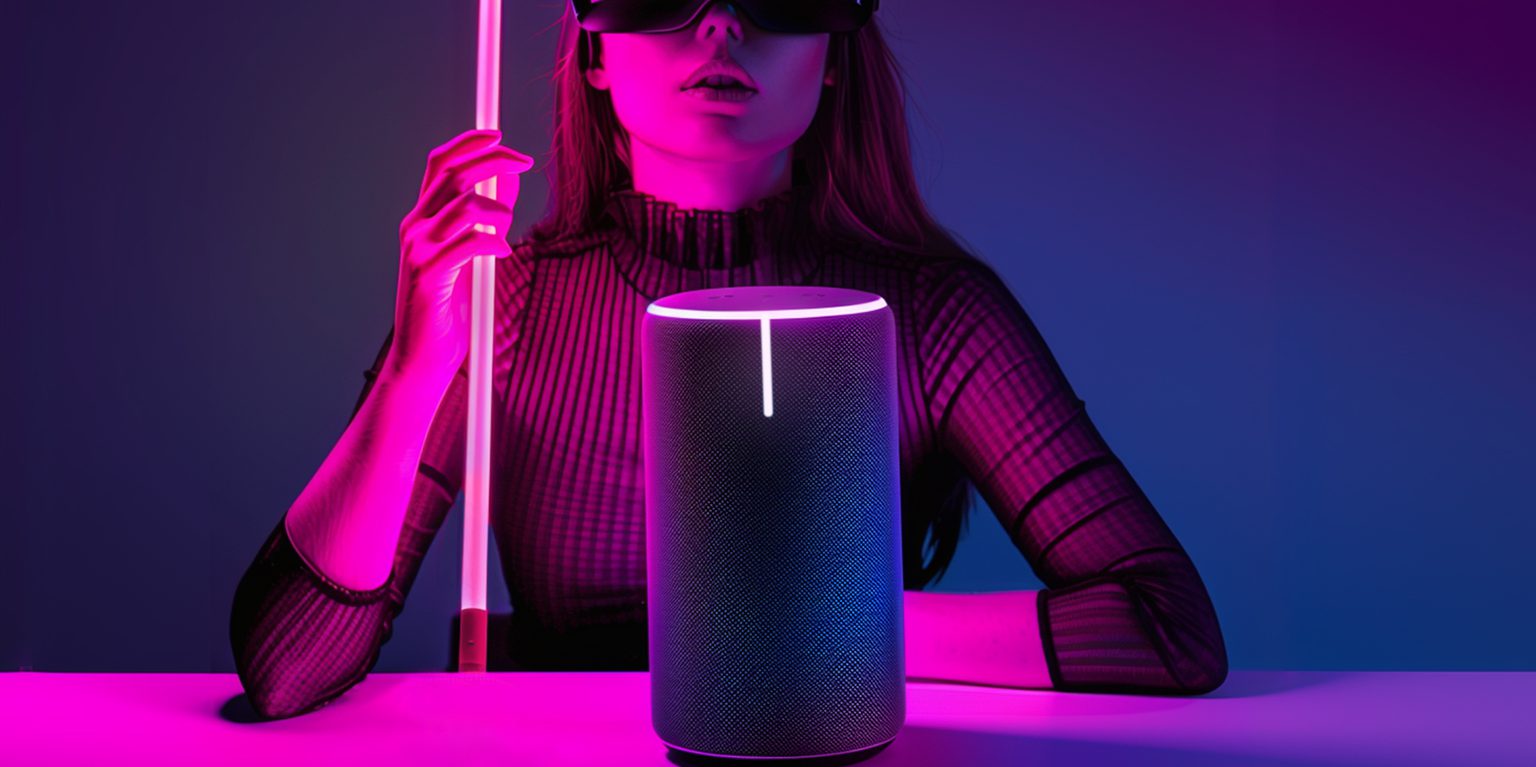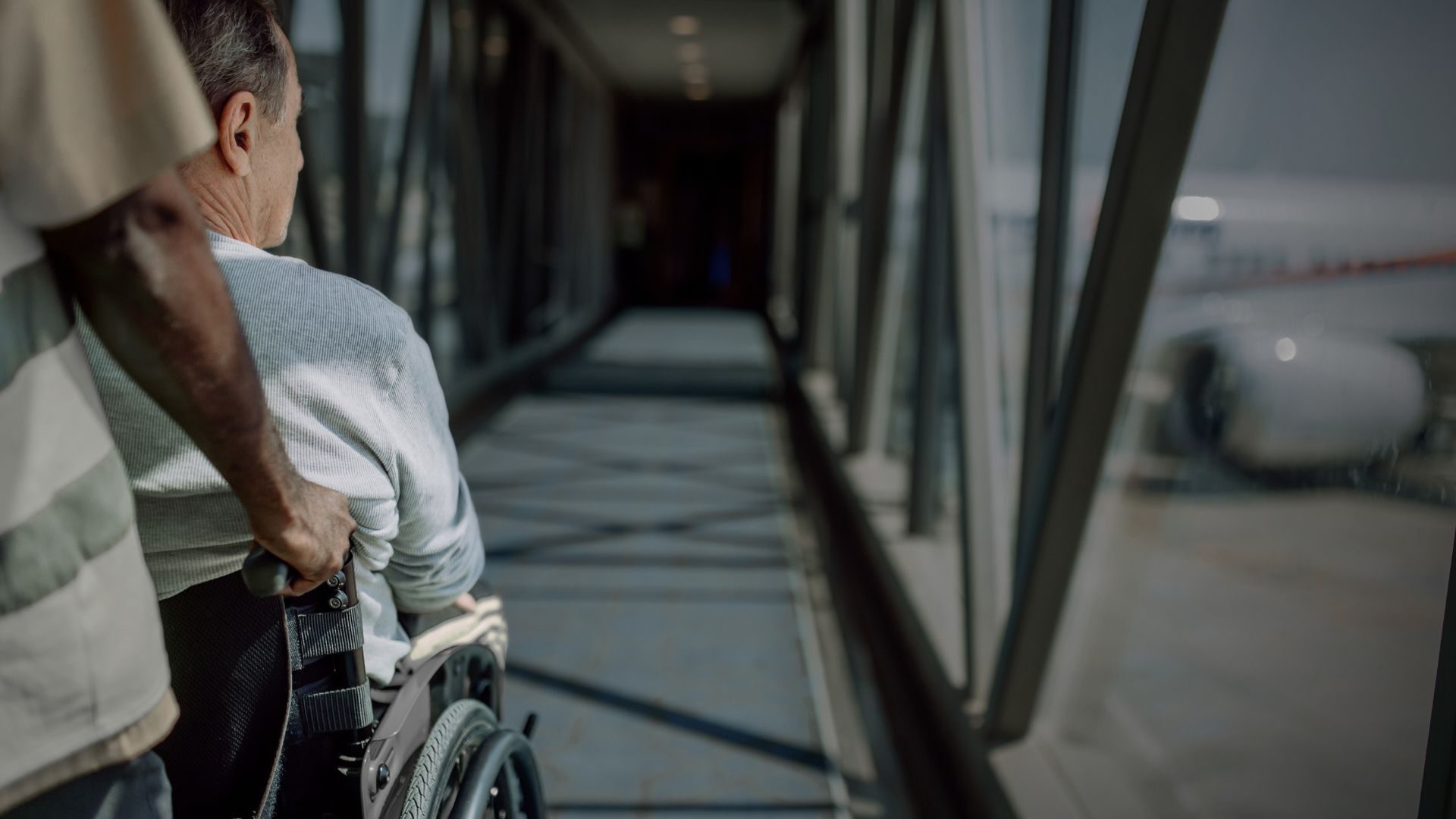
Technology

Matt McElvogue | Vice President, Design

Matt McElvogue
Matt tackles user experience problems at the source and finds creative solutions through forward-thinking strategy, ideation, and creative direction.
Access to transportation is fundamental to the health and success of our society. As the demand for more equitable accessibility grows, companies and innovators that work in transportation need to think beyond “access” to “access with dignity."
Many guidelines for accessibility were implemented at a time where bare minimum access to transportation for people with diverse needs and disabilities was seen as a major change. But these outdated measures do not support an equitable and comfortable experience, particularly for people whose accommodation needs have been historically underserved.
As we grow older, the need for accommodations increases too: accessibility is not just for people with certain disabilities and limitations. We will all benefit from improved accessibility at some point in our lives. A recent National Household Travel Survey shows that well over 20 million Americans have travel-limiting disabilities, and this number continues to grow.
The economic impact of inequitable accessibility is also a major issue. There are many folks who struggle to access jobs and services because of barriers to accessible transportation. We're leaving people out of our economy by not providing good access.
Consider the curb cut effect: Miniature ramps in the sidewalk which were originally intended for wheelchair access are now ubiquitous. Implementing measures to benefit disabled and other underserved members of society has a significant enough community-wide impact that we can refer to the phenomenon in shorthand. Widespread accessibility features don’t only benefit people with disabilities, and integrating these features into our transportation systems will have a broad-reaching impact.
Cities, brands, and companies that pursue more accessible transportation systems will have simpler and more user-friendly products and services for everyone.
Take the kneeling bus as an example. On paper, if a city's bus network is made up of these variants, then... mission accomplished! The city has a transportation network that is technically accessible for people with wheelchairs. But the function is clunky, loud, and inefficient.
This can be an unpleasant and time consuming experience for users. We afford people dignity when we create accommodations that feel comfortable, user-friendly, and seamlessly integrated into our existing frameworks. A truly equitable experience means that accessibility features are intuitive and easy to use, so that every passenger feels equally supported.
Engineers and designers can find more equitable solutions, and creative ways to integrate them into existing infrastructure. Not only should we consider how to provide all users with equal access to resources, jobs, and autonomy, we need to work to provide them with equally comfortable and enjoyable experiences as well. As innovators that drive what's next in transportation design, we must challenge ourselves to go further:
Requirements are just a starting point. It's not enough to provide baseline access. We must provide equitable access that is dignified and affords the same access to amenities and experiences. The question isn’t only if access is provided. It’s also how the access is provided. New evaluation criteria can augment the impact of existing legal requirements and technical standards.
Collaborative design is our strongest tool. Engineers and designers need to partner deeply with users. Solutions can be tested with a wide range of people with different and overlapping disabilities to learn and refine the product before manufacture. Our best resource is the very people who will utilize these features every day.
We don’t have to wait for new standards to develop. We can create them. Across the transportation industry we have the opportunity to spearhead new standards for accessibility-with-dignity. Working openly to raise the bar for everyone as we move forward into an increasingly multi-modal future will lead to industry growth and broad societal benefits.
Improvements before perfection. Complete equity is the final goal. But the journey to 100% equitable solutions shouldn't hold up impactful improvements that can be realized now. Getting solutions into the market will show companies and passengers the impact of more accessible design, enhance the experience of millions, and motivate further advancement.
As we make much-needed changes in accessible design, we should acknowledge that not all solutions are created equal. Engineers, designers, and passengers must take a collaborative approach to building new standards of accessible transportation that are truly human-centered — meaning widespread, user-friendly, and intuitive design. Accessible transportation shouldn’t stop at “equitably functional” when it can go all the way to “equitably enjoyable.”